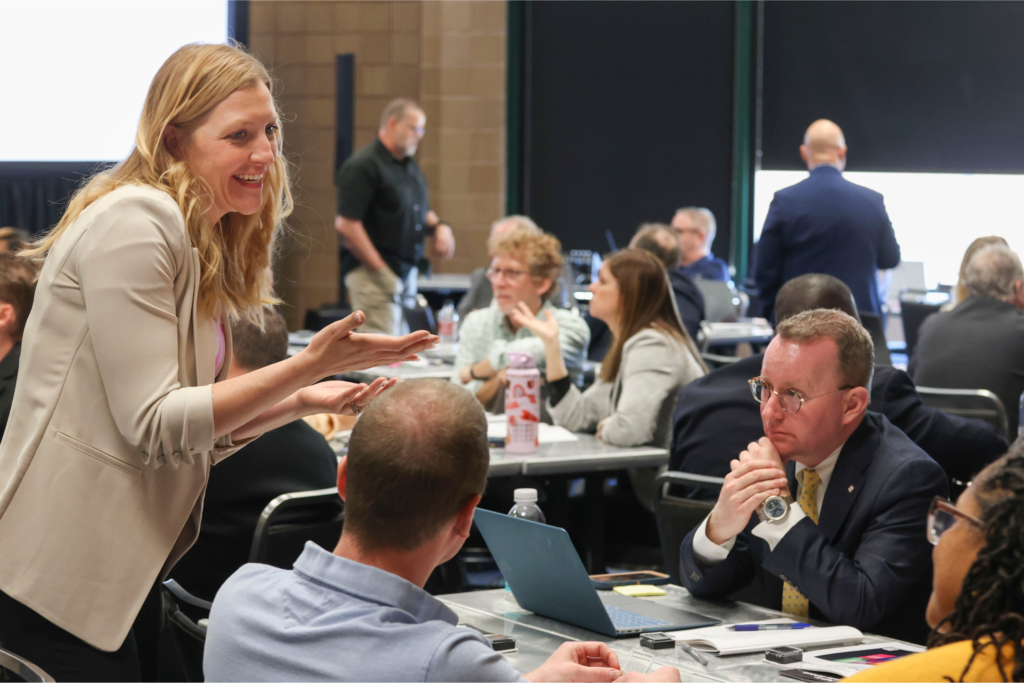Zero shootings. Zero anxiety. ZeroNow.
Safety in schools is of the utmost importance, and a pre-conference workshop on Wednesday afternoon at the AASA national conference considered whether it is possible to create environments where schools again become the safest place for students to learn and thrive.
These advancements cannot be done without community collaboration and expressions of vulnerability, according to the presenters at a three-hour workshop titled “School Safety and Security: Path to Safer Schools.”
As stated by Kevin Eberle, a retired chief operating officer with the Buffalo Public Schools in New York, ZeroNow is a nationwide collaboration to enhance school safety as their ultimate mission. ZeroNow is an online community where school administrators and safety liaisons can work with superintendents to share ideas regarding safety precautions for school districts.
The members of ZeroNow include school safety directors, school administrators, former law enforcement officers and others who agree that every individual student should feel protected at all times.
Eberle said the journey to safety is a seven-step process that promotes the need to address vulnerability before you can ensure a confident safety plan.
Having a sense of community in these situations is crucial, and students nationwide should feel comfortable expressing their personal opinions and concerns to school administrators in their districts.
Jill Lemond, vice president of education for Evolv Technology and former assistant superintendent of Oxford Community Schools in Michigan, which experienced a mass school shooting in 2021, believes that improving the mental health of students balanced with significant violence prevention is the key to solidifying greater safety.
Lemond said students are aware of the dangers that could occur in their schools, so parents need to have these conversations with their children because sheltering does not lead to prevention.
Parents and the community strongly influence culture and relationships, and it is important to be open when it comes to discussions regarding safety. When working on safety plans in schools, school leaders should involve the community and acknowledge that vulnerability must be expressed to have successful communication and adapt to everchanging safety precautions. Lemond emphasized the importance of evaluating the situations at hand and having bimonthly meetings to adapt and review the safety plans implemented in schools.
Additionally, schools ought to engage students by soliciting their input about external violence and internal mental health. According to the workshop attendees, school laws sometimes fall short in their support, so both vulnerability and community involvement are necessary to build safety precautions in schools.
Aaron Skrbin, director of safety and security with the Allegheny Intermediate Unit in Homestead, Pa., discussed the importance of vulnerability in culture and relationships and how everyone should have a voice when it comes to advocating for school safety.
First, the identification of threats is extremely important because true safety is more than just locked doors and fire alarms. Danger could come from anywhere, so safety teams in schools need to be prepared for anything and everything, Skrbin said.
Moreover, he emphasized the importance of school climate surveys and the need for students to feel protected at school and have their opinions heard. According to Skrbin, school safety is “non-negotiable” and “not an add-on”.
(Charli Slaughter, a sophomore at Mount Carmel Academy in New Orleans, is a reporter for Conference Daily Online.)


